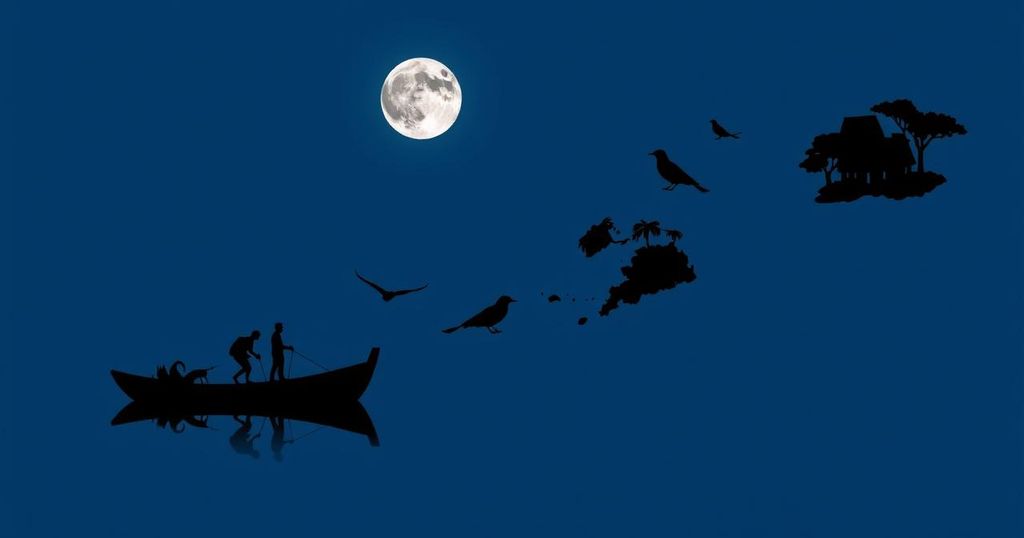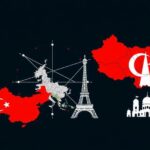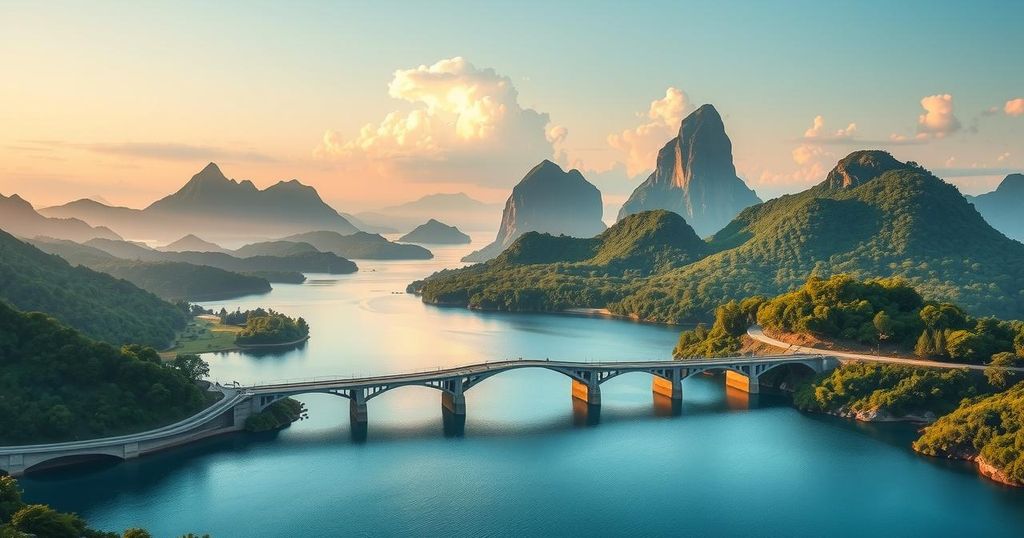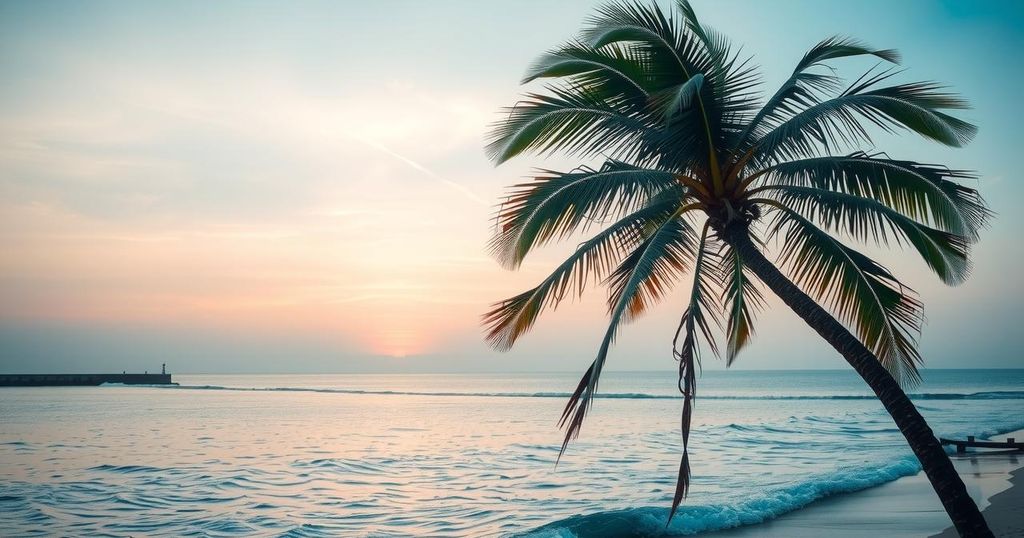Pacific Islands Court Chinese Tourists with Promises of Purity and Authenticity
Summary
Pacific Island nations are positioning themselves to attract Chinese tourists by emphasizing ‘authenticity and purity’ in their tourism offerings. Despite the current decline in arrivals, particularly from China, there is optimism that improved marketing strategies and direct flight access can revitalize this important economic sector. However, geopolitical tensions and travel advisories threaten to complicate these efforts, as seen in Palau’s struggle amid strained relations with China due to its recognition of Taiwan.
Pacific Island nations are striving to attract Chinese tourists by promoting their offerings under the banner of ‘purity’ and ‘authenticity,’ as international travel resumes. In Palau, for instance, hotelier Pai Lee faces difficulties due to a significant reduction in Asian visitors, particularly from China, which has plummeted dangerously following a peak of 90,000 Chinese tourists in 2015 to less than 8,000 last year. This decline is attributed to various factors, including the aftermath of the COVID-19 pandemic and geopolitical tensions. Palau’s President, Surangel Whipps Jr., has criticized the Chinese government for allegedly “weaponizing” tourism against them due to Palau’s diplomatic recognition of Taiwan, leading to harsh travel advisories from China. Following his comments, China’s People’s Daily defended its travel warnings as justified, indicating the complex relationship between the nations. While the Pacific Islands tap into their natural beauty to entice Chinese travelers, the dependency on tourism presents risks; political maneuvers can have immediate repercussions on visitor numbers. Fiji has shown promise, having seen a resurgence in Chinese tourism due to its proactive approach, including catering to cultural preferences and adopting Chinese payment systems. Meanwhile, other Pacific destinations, like Vanuatu, are still struggling with low percentages of Chinese tourists, hindered by logistical challenges such as insufficient direct flights. Despite these barriers, tourism experts maintain that the Pacific Islands can potentially reclaim and enhance their share of the Chinese tourism market, which constitutes the world’s largest outbound tourism demographic. They emphasize the need for strategic promotional efforts and infrastructural improvements to capitalize on this opportunity and mitigate the impact of geopolitics on tourism.
The context of Pacific Island nations’ efforts to attract Chinese tourists arises from the significant decline in visitor numbers attributable to various geopolitical factors, coupled with the effects of the pandemic. Tourism is a crucial aspect of the economic landscape in these nations, making the reduction in travelers particularly concerning. As China emerges from travel restrictions, Pacific Islands are eager to market their distinct cultural and natural offerings as desirable destinations. However, the intertwined nature of tourism and geopolitics poses challenges, manifesting in both direct Chinese travel warnings and broader regional competition for tourism. Understanding the current state of diplomatic relations and their influences on tourism flows is essential for framing the efforts of these nations.
In conclusion, Pacific Island nations face a challenging landscape as they seek to restore and enhance their tourism sectors, particularly in light of the waning numbers of Chinese visitors. Efforts to market the islands based on authenticity and purity illustrate a proactive response to geopolitical pressures, though practical challenges remain significant. Establishing direct travel routes and adapting services to meet the cultural expectations of Chinese tourists will be crucial for these nations to navigate this complex arena successfully. Promoting collaboration while carefully managing their international relationships will also be vital to securing a stable influx of tourists moving forward.
Original Source: www.abc.net.au








Post Comment